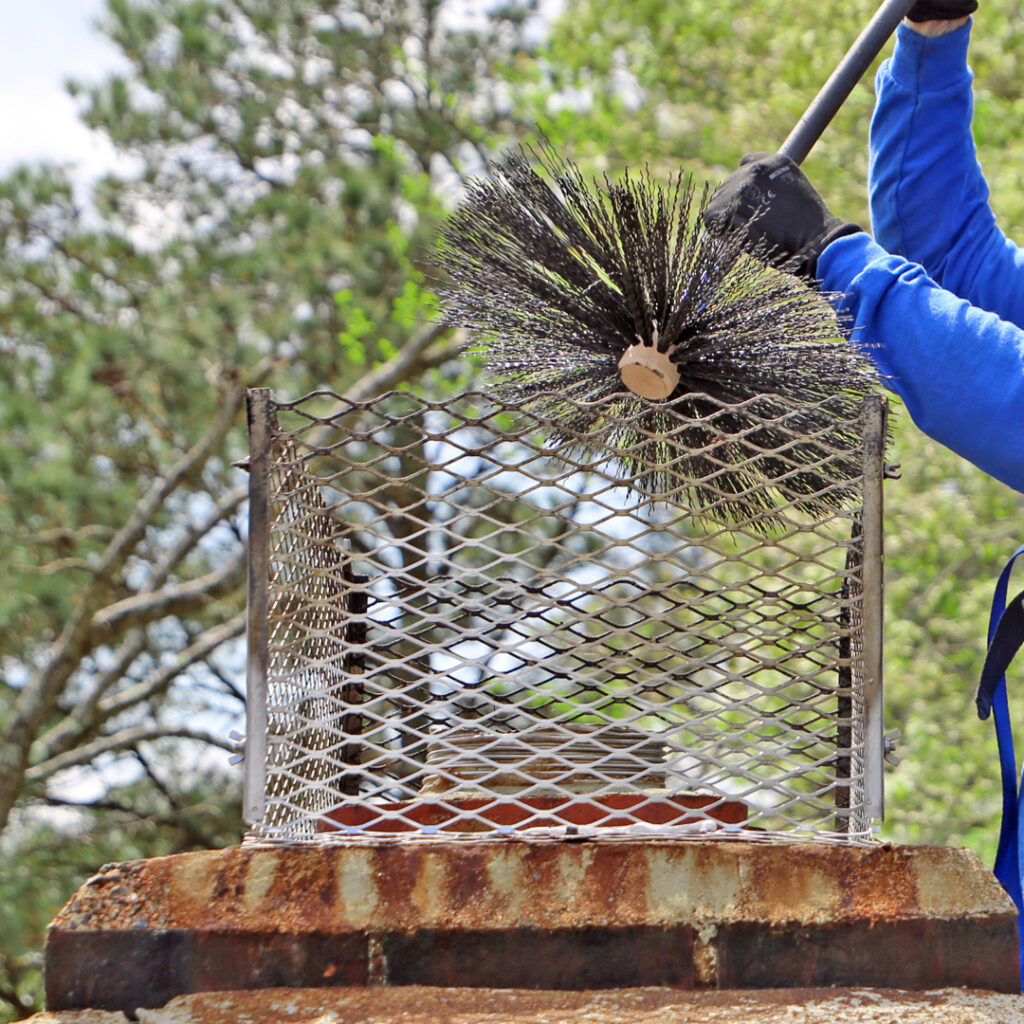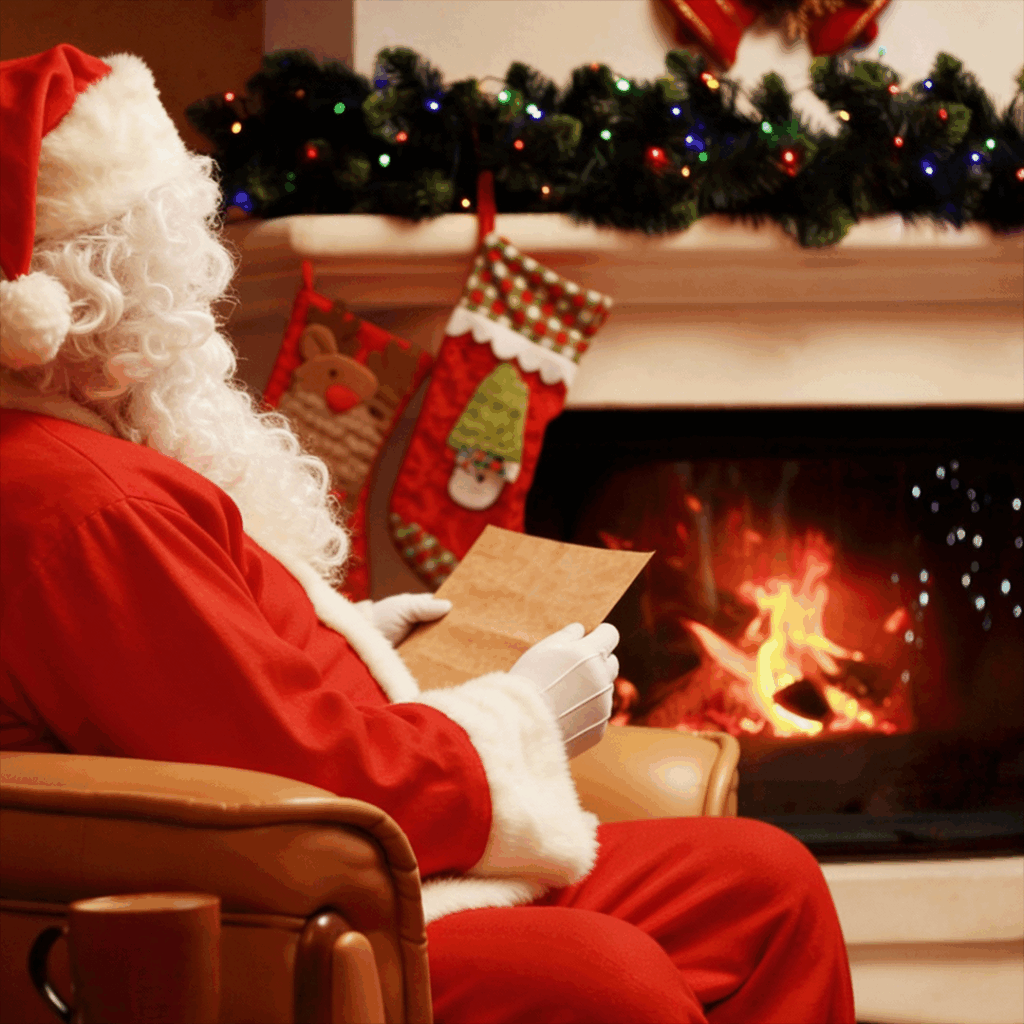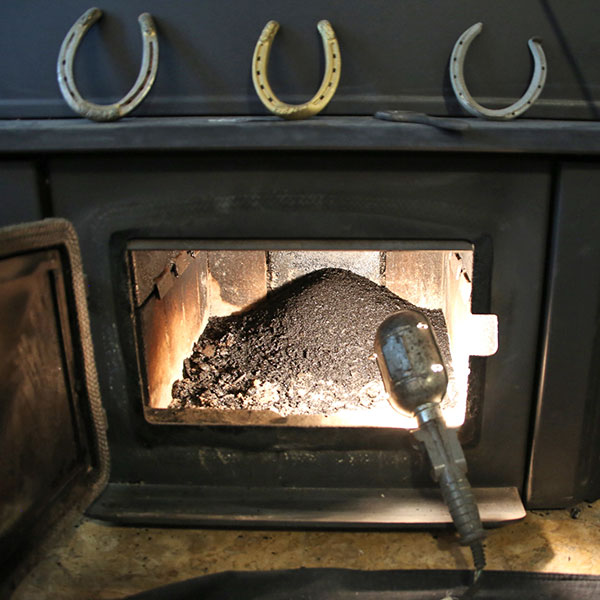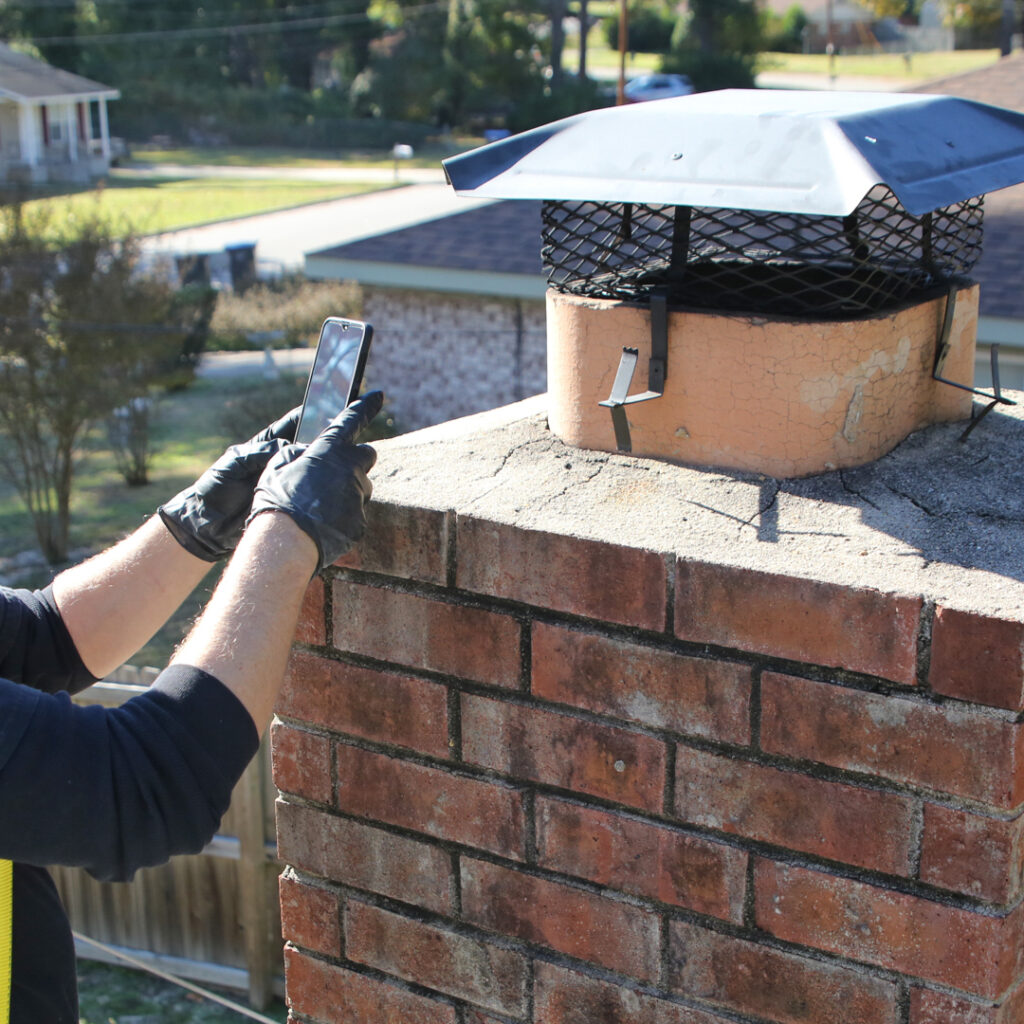Why Winter is Actually the WORST Time to Skip Chimney Maintenance
Stay Warm and Protected from All of Us at Best Chimney!
There’s something about brutal Massachusetts winters – when temperatures drop and the wind chill bites, your fireplace becomes more than ambiance. It’s your comfort, your warmth, your refuge from the cold. Whether you’re working from home, settling in for movie nights, or just trying to lower your heating bills, your fireplace becomes essential.
But here’s the thing: your fireplace isn’t the only thing using your chimney. Your heating appliance and water heater likely use a separate tunnel within the structure to vent flue gasses up and out. And guess what, it’s under constant stress when the temperature drops.
Nothing turns a cozy winter evening into a nightmare faster than a hazardous fireplace, a house that won’t stay warm, or worse – a chimney emergency that leaves you scrambling in the freezing cold. After nearly four decades of keeping families protected and warm through Massachusetts winters, we’ve seen it all. And trust us, you don’t want to be the homeowner whose chimney fails when you need it most.
The good news? A little preparation now means peace of mind all winter long.
The Winter Chimney Disasters We’ve Seen (So You Don’t Have To)
We’ve gotten emergency calls. The panicked homeowners. The freezing families waiting for repairs. The most common culprits?
Obstructions
The most common finding with our no-heat calls. Falling debris, animal nests and soot buildup are all common causes of obstructions for both heating and fireplaces flues.
Creosote buildup
That tar-like substance that accumulates in your chimney from burning wood. It’s highly flammable and can cause chimney fires. During winter when you’re using your fireplace constantly, the risk multiplies.
Damaged chimney caps or crowns
Fall weather takes a toll. Cracks and gaps let water in, which freezes, expands, and causes structural damage. New England weather is a perfect environment to expedite this cycle.
Poor draft issues
If your chimney hasn’t been used in months, draft problems can send smoke pouring into your home instead of outside.
What Smart Homeowners Do Before Winter’s Deep Freeze
The homeowners who stay warm all winter? They don’t leave things to chance.
They schedule their chimney inspection before they start relying heavily on it – before the brutal cold sets in, and before problems become emergencies. A professional inspection catches problems while there’s still time to fix them. We check for creosote buildup, blockages, and draft issues.
The National Fire Protection Association recommends annual inspections and sweepings as needed for good reasons.
Your Winter Chimney Safety Checklist
- Schedule your chimney inspection now – Winter is here, and the last thing you want is to discover problems when you desperately need heat.
- Get a professional cleaning – Even if your chimney “looks fine,” creosote and debris you can’t see can cause serious problems.
- Check your chimney cap – Make sure it’s intact and securely fastened. A missing or damaged cap is an open invitation to animals and weather damage.
- Inspect your firebox and damper – Look for cracks, loose bricks, or a damper that doesn’t close properly. These issues affect both safety and efficiency.
- Stock quality firewood – Keep it dry and covered. Store it at least 20 feet from your home to avoid pest problems.
- Install or test your carbon monoxide detectors – Fresh batteries in every detector, especially near sleeping areas.
- Keep a fire extinguisher nearby – Hope you never need it, but you’ll be grateful it’s there if you do.
The Real Cost of Skipping Chimney Maintenance
We get it. Everyone’s busy. Adding one more thing to your to-do list feels overwhelming.
But here’s what skipping maintenance costs:
A chimney fire can cause tens of thousands of dollars in damage and insurance doesn’t always cover neglect. You’re left in the freezing cold while contractors rebuild and repair fire damage to your home.
Carbon monoxide poisoning sends people to the hospital. Smoke damage ruins furniture, carpets, and treasured belongings. The peace of mind alone is priceless.
Ready to Stay Protected and Warm This Winter?
Don’t wait until it’s too late. Schedule your chimney inspection and sweeping today. Our experienced team will make sure your chimney is ready to keep your family warm through the coldest months ahead.
Wishing you and yours a warm, safe winter season.
The post Why Winter is Actually the WORST Time to Skip Chimney Maintenance appeared first on Boston's Best Chimney.




 How To Protect Your Chimney Flue From Creosote Build-up?
How To Protect Your Chimney Flue From Creosote Build-up?
 revent Chimney Fires – When our team performs a
revent Chimney Fires – When our team performs a 

